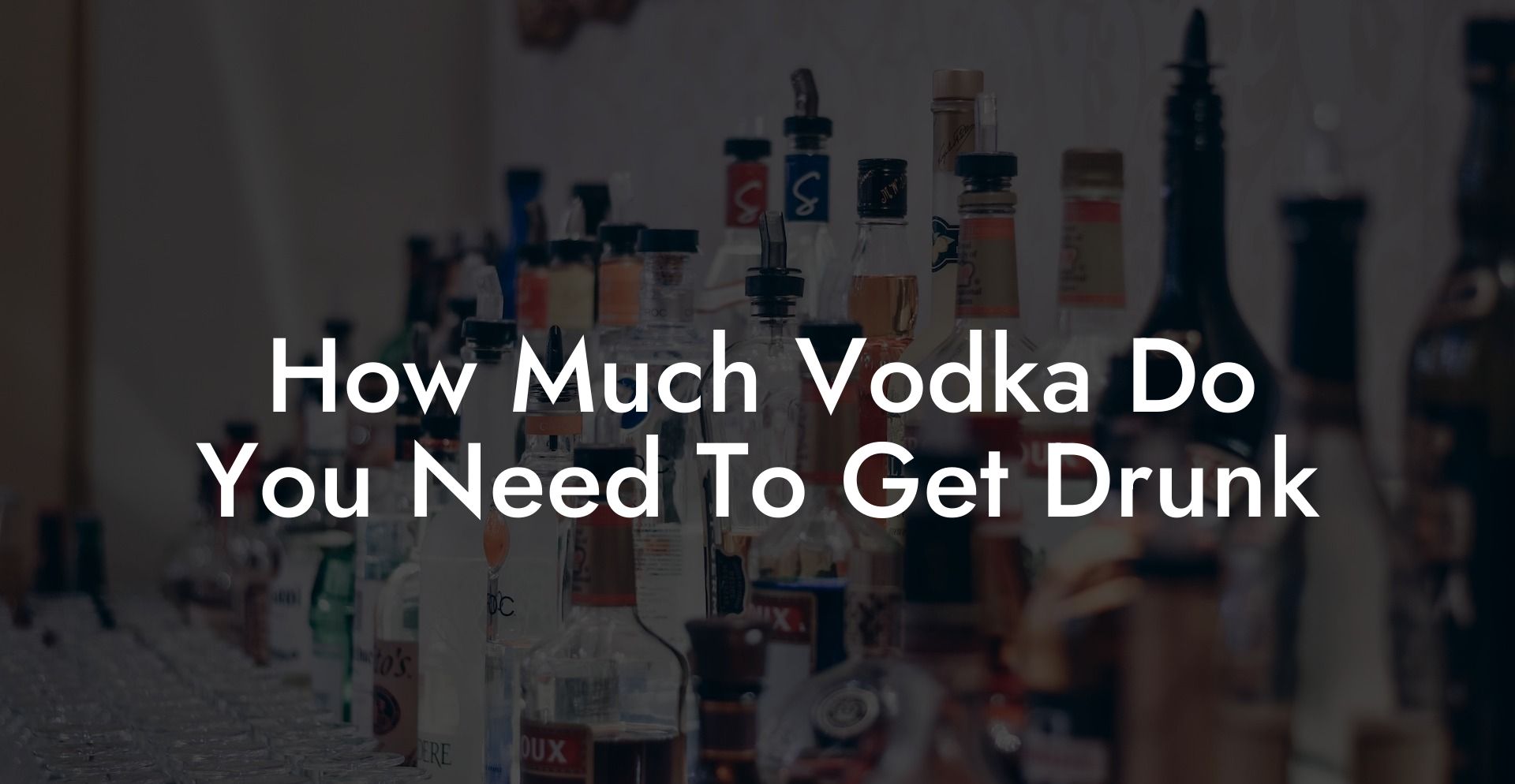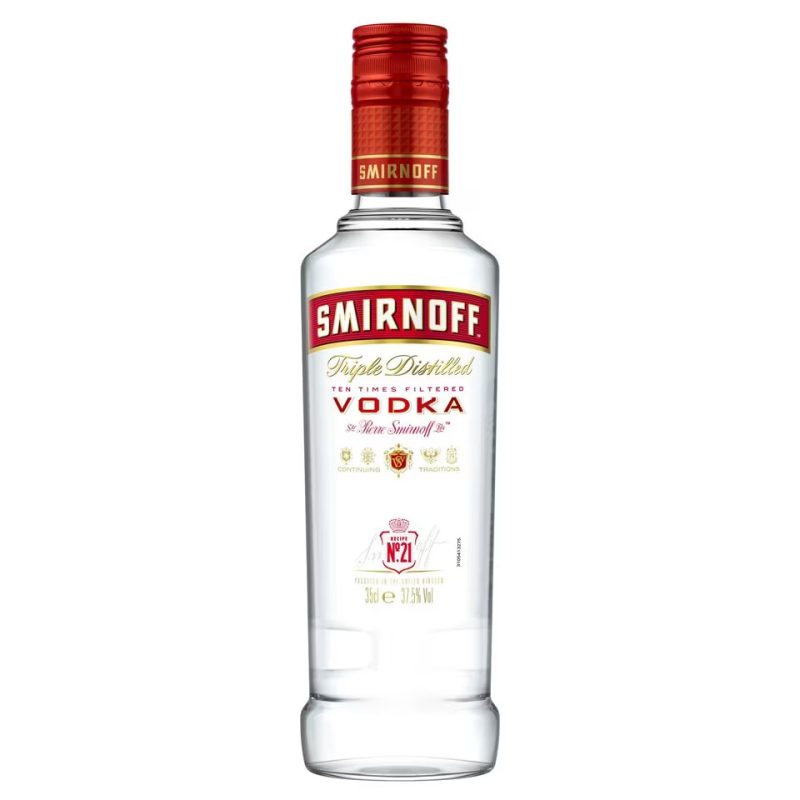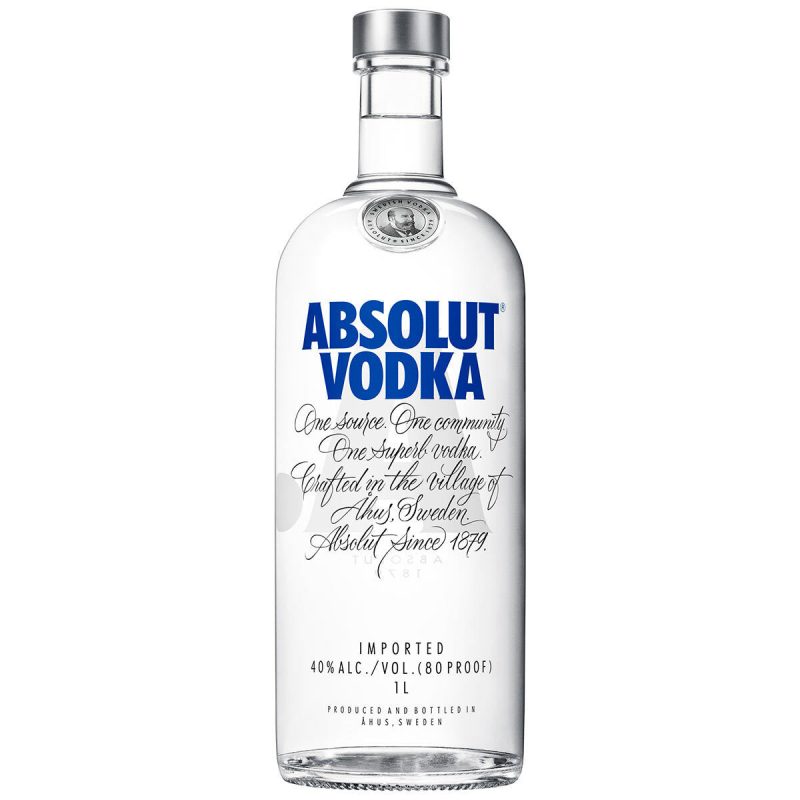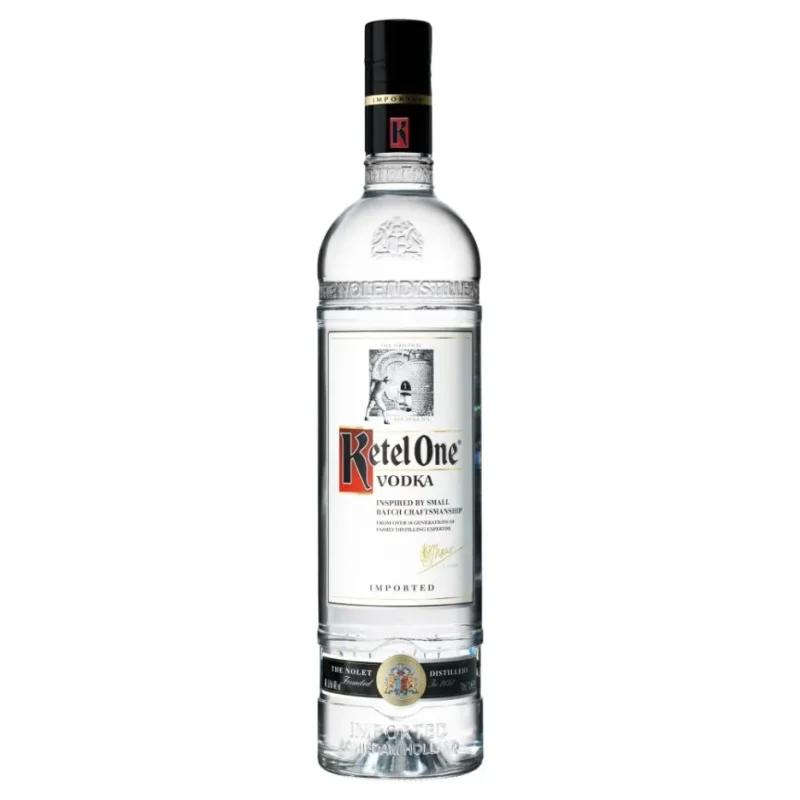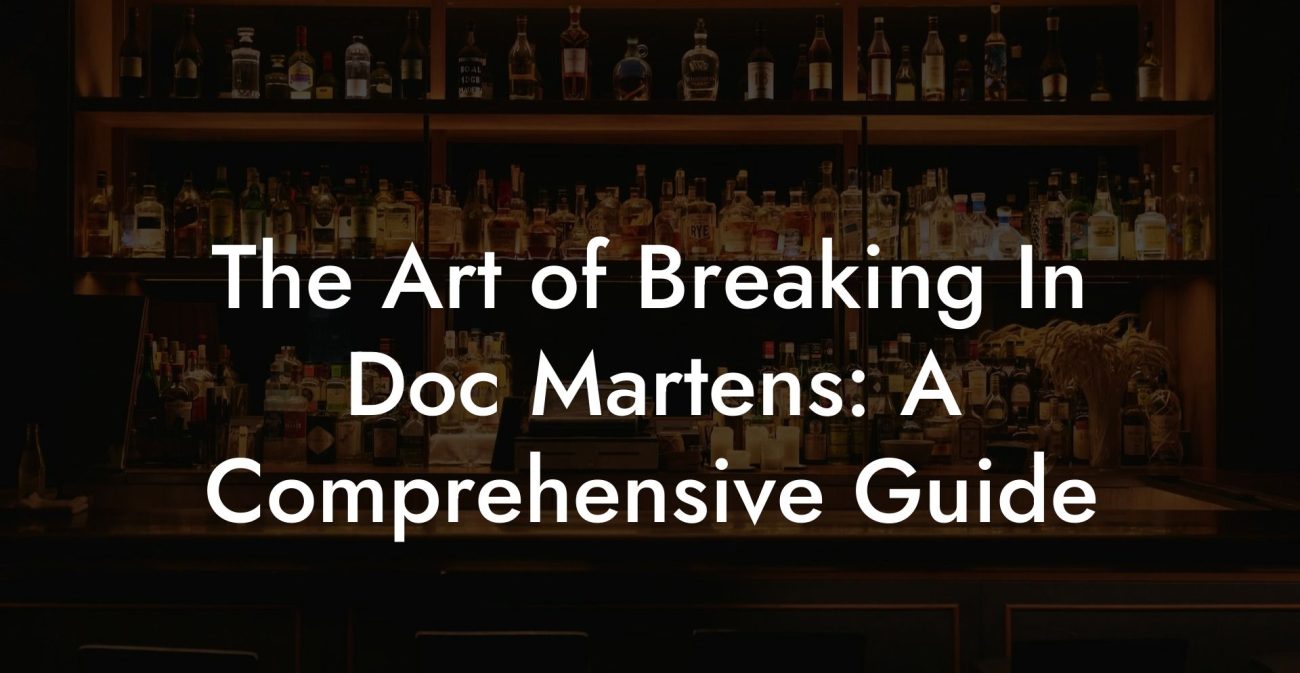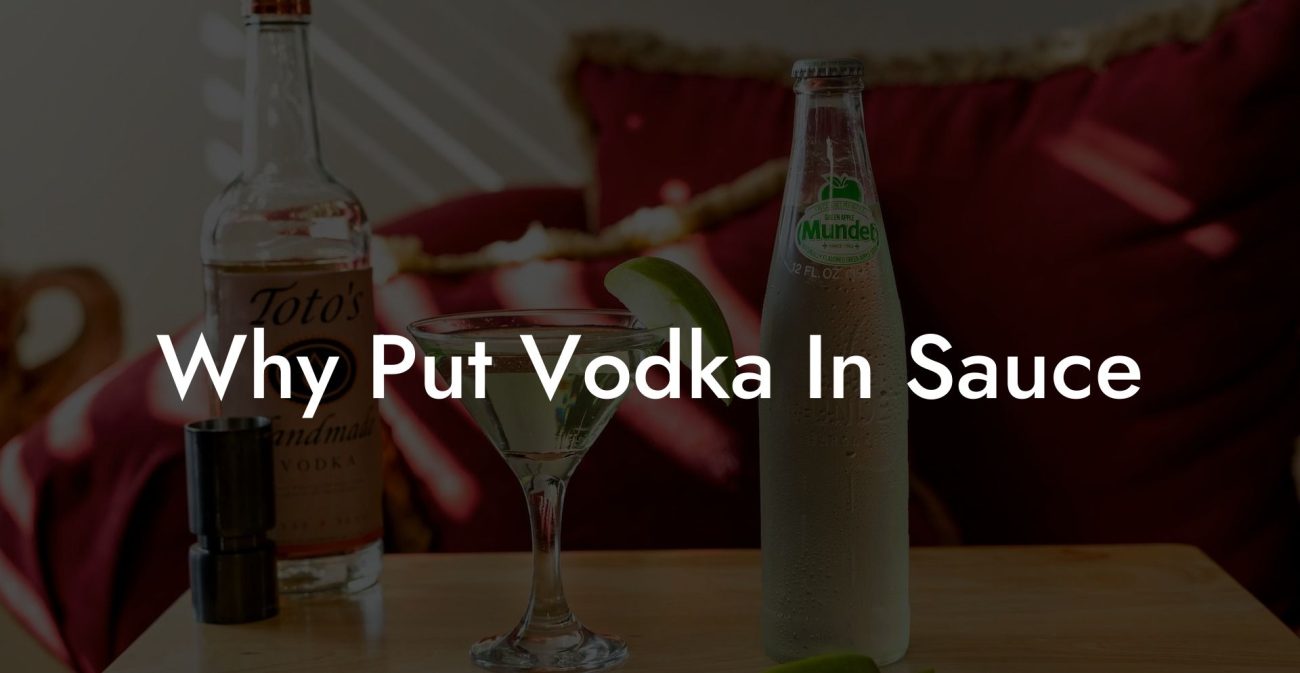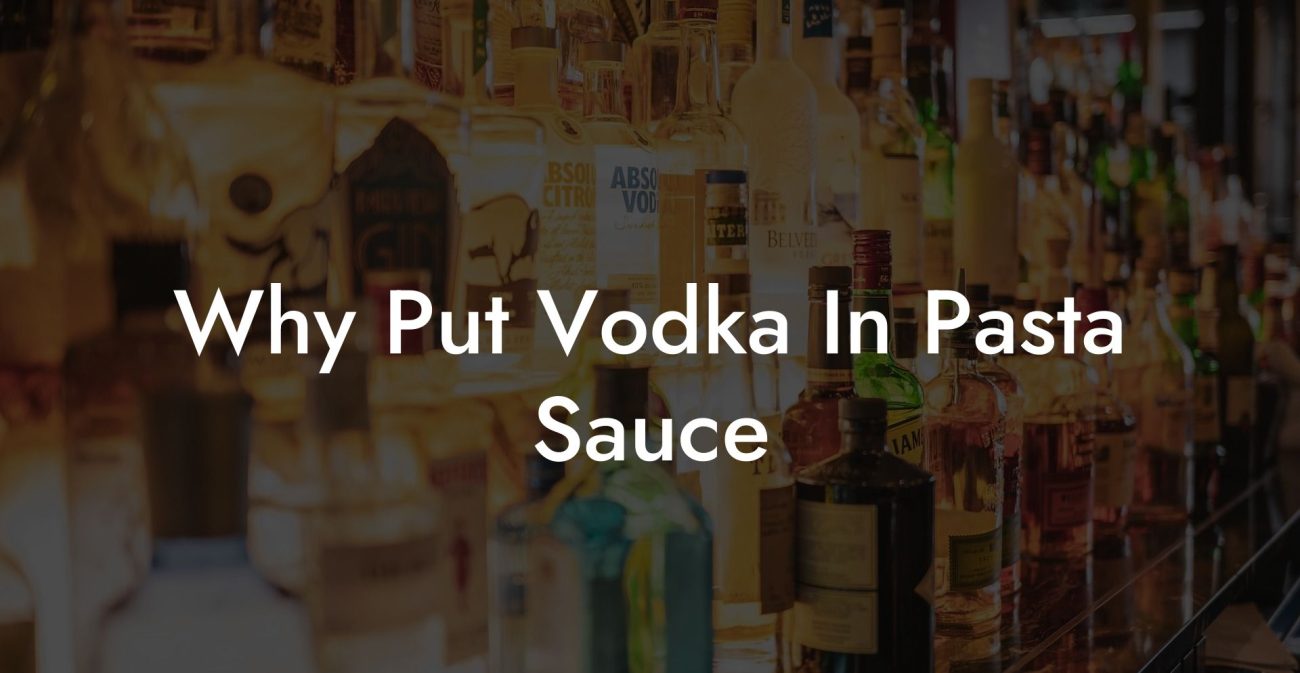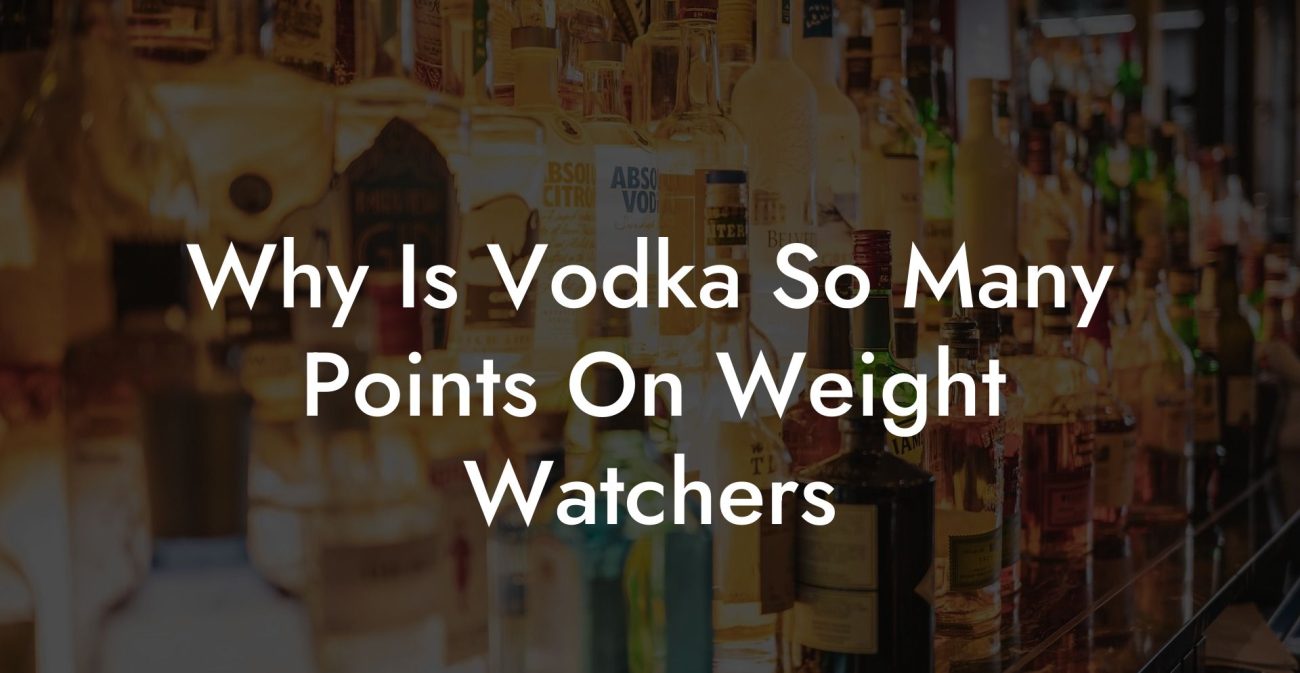Ever wondered how much vodka it takes to get drunk? You're not alone. This seemingly simple question has intrigued people for centuries, from Russia to Japan and everywhere in between. Vodka Doctors is here to guide you through the science, culture, and art of vodka, and in this article, we'll take a closer look at the factors influencing intoxication levels and how much of your favorite spirit it takes to reach that elusive point of drunkenness.
Best Budget Vodkas Ranked
How Much Vodka Do You Need To Get Drunk Table of Contents
Factors Influencing Intoxication
Calculating Consumption and BAC
Looking For The Best Vodka? You'll Love These Vodka Guides...
Understanding Alcohol Content
To determine how much vodka it takes to get drunk, we first need to understand the concept of alcohol content. Alcohol content is usually expressed as a percentage, and in the case of vodka, it typically ranges from 35% to 50%. This means that a bottle of vodka contains 35% to 50% pure ethanol, the substance responsible for its intoxicating effects.
How Alcohol is Metabolized
Before diving into numbers, let's first understand how our bodies process alcohol. Once consumed, alcohol travels through your stomach and into your bloodstream, where it's carried throughout your body and absorbed into your organs, including your brain. Your liver is responsible for metabolizing most of the alcohol, breaking it down into acetic acid. The rate at which this happens varies depending on factors such as age, weight, and sex.
Factors Influencing Intoxication
Several factors contribute to how quickly you might become intoxicated, including:
- Weight: Heavier people typically have more blood, which means more alcohol is needed to raise their blood alcohol concentration (BAC) to a given level.
- Gender: Women usually have a higher percentage of body fat and less water in their bodies than men, so they tend to reach higher BAC levels more quickly.
- Age: Alcohol metabolism tends to slow down as people age, meaning that older drinkers might become intoxicated more quickly and with lower amounts of alcohol.
- Tolerance: Regular drinkers may develop a tolerance to alcohol, requiring more of it to achieve the same effects as less-experienced drinkers.
- Food: Consuming food before or while drinking can slow the absorption of alcohol, potentially reducing its intoxicating effects.
Calculating Consumption and BAC
Now that we have a basic understanding of alcohol content and the factors influencing intoxication, let's dive into the numbers. Generally speaking, the amount of alcohol needed to achieve a BAC of 0.08% (the legal driving limit in most countries) varies depending on your weight and gender. For reference:
- A 140-pound (63.5 kg) woman would need to consume about 2.7 ounces (80 ml) of 40% ABV vodka to reach a BAC of 0.08%.
- A 180-pound (81.6 kg) man would need to consume about 3.7 ounces (110 ml) of 40% ABV vodka to reach a BAC of 0.08%.
However, these numbers should be taken as a rough guideline rather than an exact measurement, as personal factors can greatly influence individual intoxication levels.
How Much Vodka Do You Need To Get Drunk Example:
Let's say Jane, a 130-pound woman, decides to have a night out with friends. She starts by drinking a vodka soda, which contains 1.5 ounces (44 ml) of 40% ABV vodka. As the night goes on, she consumes two more vodka sodas, totaling 4.5 ounces (133 ml) of vodka.
Given her weight, this amount of alcohol would likely be enough to push her BAC above 0.08%, making her legally intoxicated. However, if she eats a full meal before going out and spaces out her drinks over several hours, her intoxication level will likely be lower than if she drank all three cocktails in quick succession on an empty stomach.
Frequently Asked Questions
What factors influence how much vodka it takes to get drunk?
Several factors can affect how quickly a person becomes intoxicated from drinking vodka, including body weight, sex, metabolism, tolerance levels, food intake, and overall health. Different people may experience different effects from drinking the same amount of vodka.
How much vodka is generally considered a standard drink?
In the United States, a standard drink is defined as 1.5 ounces of distilled spirits, which is about 40% alcohol by volume. This translates to about 44 milliliters of vodka, which is generally the size of one shot.
Can you get drunk off one shot of vodka?
It's possible for some individuals, especially those with low tolerance, lightweight, or those who have not eaten, to feel the effects of alcohol or even become slightly intoxicated from a single shot of vodka. However, most people will not become 'drunk' from one shot.
How many shots of vodka does it usually take for a person to get drunk?
The number of shots required to become drunk varies widely among individuals. For some, 2-3 shots might lead to drunkenness, while others might need 5 or more. It's essential to consume alcohol responsibly and know your own limits.
What are the symptoms of being drunk?
Symptoms of intoxication can include slurred speech, impaired coordination, altered judgment, euphoria, decreased inhibition, and in severe cases, blackouts or alcohol poisoning.
Is it safe to drink vodka quickly?
Drinking vodka quickly can lead to rapid intoxication and increase the risk of alcohol poisoning, which is a potentially life-threatening condition. It's safer to consume alcohol at a moderate pace, allowing your body to metabolize the alcohol effectively.
How does vodka compare to other alcoholic beverages in terms of getting drunk?
Vodka is a distilled spirit with a higher alcohol content than beer or wine. It can lead to intoxication more quickly if consumed in the same volume. Always be mindful of the alcohol by volume (ABV) when comparing different drinks.
How can I estimate my blood alcohol concentration (BAC)?
There are BAC calculators available online that can estimate your blood alcohol concentration based on your sex, weight, the amount of alcohol consumed, and the period over which it was consumed. However, these are rough estimates and individual reactions can vary greatly.
What is considered binge drinking?
Binge drinking is defined as consuming a large quantity of alcohol in a short period of time, typically 5 or more drinks for men, and 4 or more drinks for women, in about 2 hours.
How can food affect alcohol absorption?
Eating before or while drinking can slow the absorption of alcohol into the bloodstream. A full stomach can delay the speed and reduce the peak of intoxication.
What should I do if I or someone else may have alcohol poisoning?
If you suspect someone has alcohol poisoning, it is crucial to seek medical assistance immediately. Symptoms include confusion, vomiting, seizures, slow breathing, hypothermia, and unconsciousness. Do not leave the person alone, and keep them sitting up and awake if possible.
Can you build a tolerance to vodka?
Yes, regular consumption can lead to an increased tolerance, meaning that you would need to drink more vodka over time to feel the same effects. However, this tolerance can lead to more significant health risks and dependency.
Is it dangerous to mix vodka with other substances?
Yes, combining vodka with other substances, especially other depressants like prescription medications or illegal drugs, can be extremely dangerous and potentially fatal. Mixing alcohol with energy drinks can also mask the effects of intoxication, leading to a higher risk of overconsumption.
What are the long-term effects of drinking too much vodka?
Chronic overconsumption of vodka can lead to serious health issues such as liver damage, heart disease, brain damage, addiction, and increased risk of certain cancers. It can also lead to social and psychological problems.
How do I know if I've had too much to drink?
If you begin to experience any signs of intoxication, such as loss of coordination, slurred speech, or impaired judgment, you've likely had too much to drink and should stop consuming alcohol.
What causes hangovers?
Hangovers are caused by several factors related to alcohol consumption, including dehydration, the toxic impact of alcohol's byproducts, disturbances to the immune system, and drops in blood sugar.
Can I sober up quickly after drinking vodka?
There is no fast way to sober up. Time is the only remedy as your body needs to metabolize the alcohol. Drinking water, resting, and waiting it out are the only ways to sober up.
Is it safer to drink vodka over ice or mixed with non-alcoholic beverages?
Adding ice or a non-alcoholic beverage can dilute vodka, which may result in a slower intake of alcohol. However, the total volume of alcohol consumed is the most critical factor, regardless of how it's served.
How does hydration affect alcohol intoxication?
Staying hydrated can help mitigate some effects of hangovers, but it does not prevent intoxication. Alcohol is a diuretic, which leads to dehydration, but consuming water can help reduce the severity of a hangover.
What is moderate drinking?
Moderate drinking is commonly defined as up to one drink per day for women and up to two drinks per day for men. This guideline doesn’t suggest that individuals who don't drink should start for any potential health benefits.
How can drinking vodka affect judgment and decision-making?
Alcohol, including vodka, impairs the brain's frontal lobes responsible for judgment and decision-making. This impairment can lead to poor choices, risky behavior, and a reduced ability to assess potential consequences of actions.
Can I drink vodka responsibly?
Yes, consuming vodka in moderation, understanding your limits, and adhering to safe drinking practices such as having a designated driver and not participating in binge drinking, can lead to more responsible alcohol consumption.
And there you have it: a deep dive into the world of vodka and the factors that determine how much of it you need to get drunk. As with any alcoholic beverage, knowing your limits and drinking responsibly is essential. We hope this article has provided valuable insight into the fascinating (and sometimes mysterious) realm of vodka consumption. If you're interested in learning more about vodka, be sure to explore our other comprehensive guides here on Vodka Doctors. Share this article with fellow vodka enthusiasts or those looking to learn more, and let's continue to unravel the enigma of one of the world's most popular spirits.

